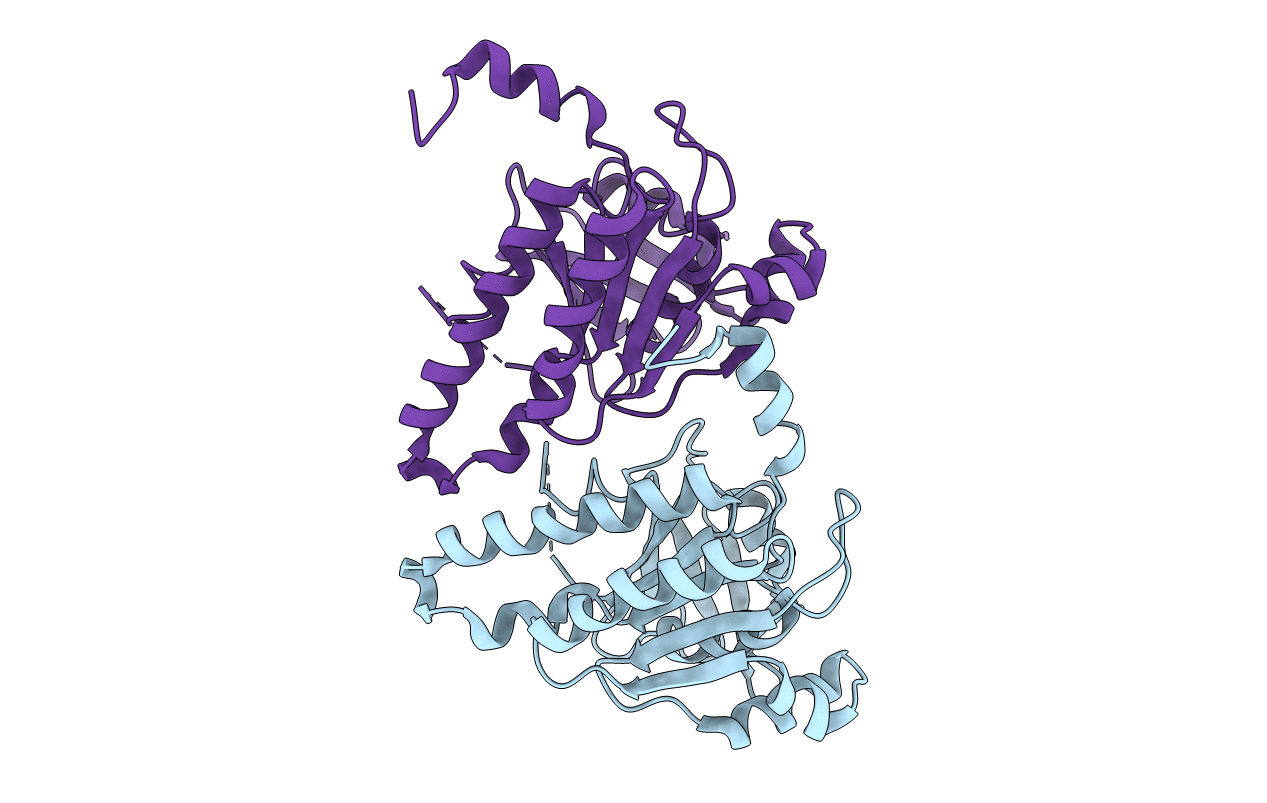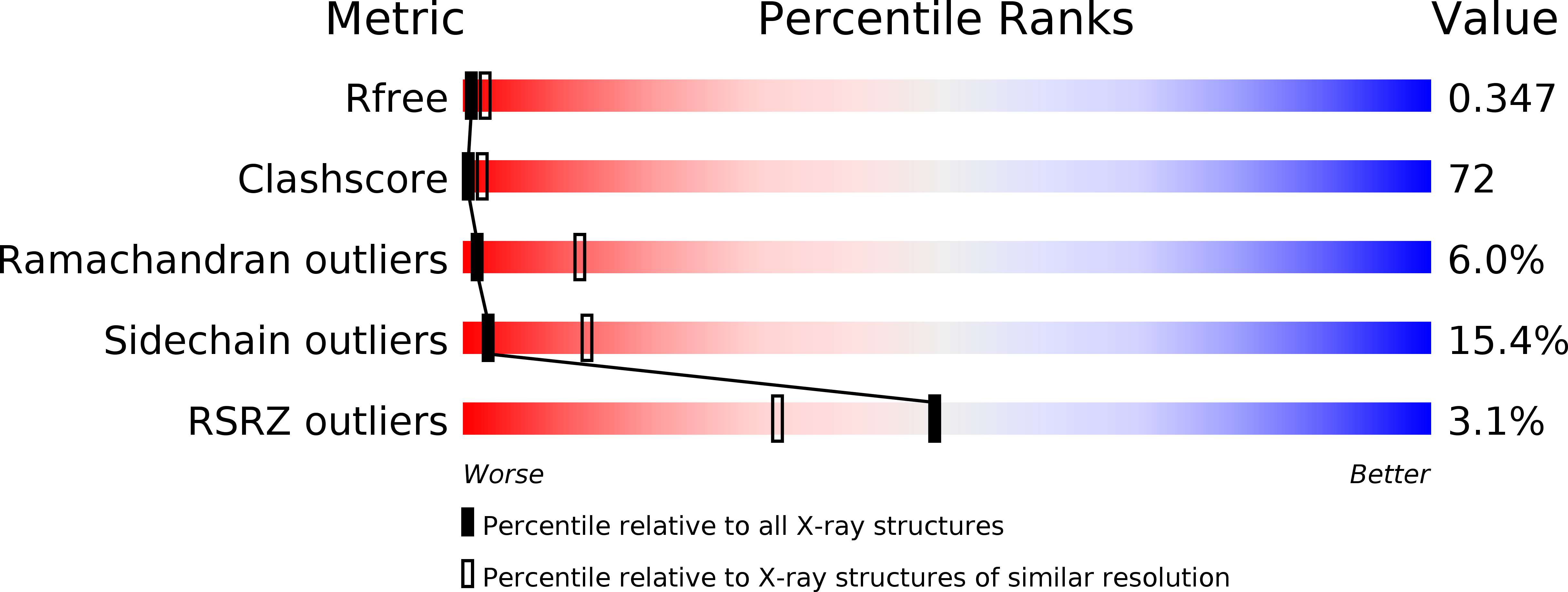
Deposition Date
2003-11-26
Release Date
2004-05-18
Last Version Date
2023-10-25
Method Details:
Experimental Method:
Resolution:
3.20 Å
R-Value Free:
0.34
R-Value Work:
0.29
R-Value Observed:
0.29
Space Group:
I 4 2 2


